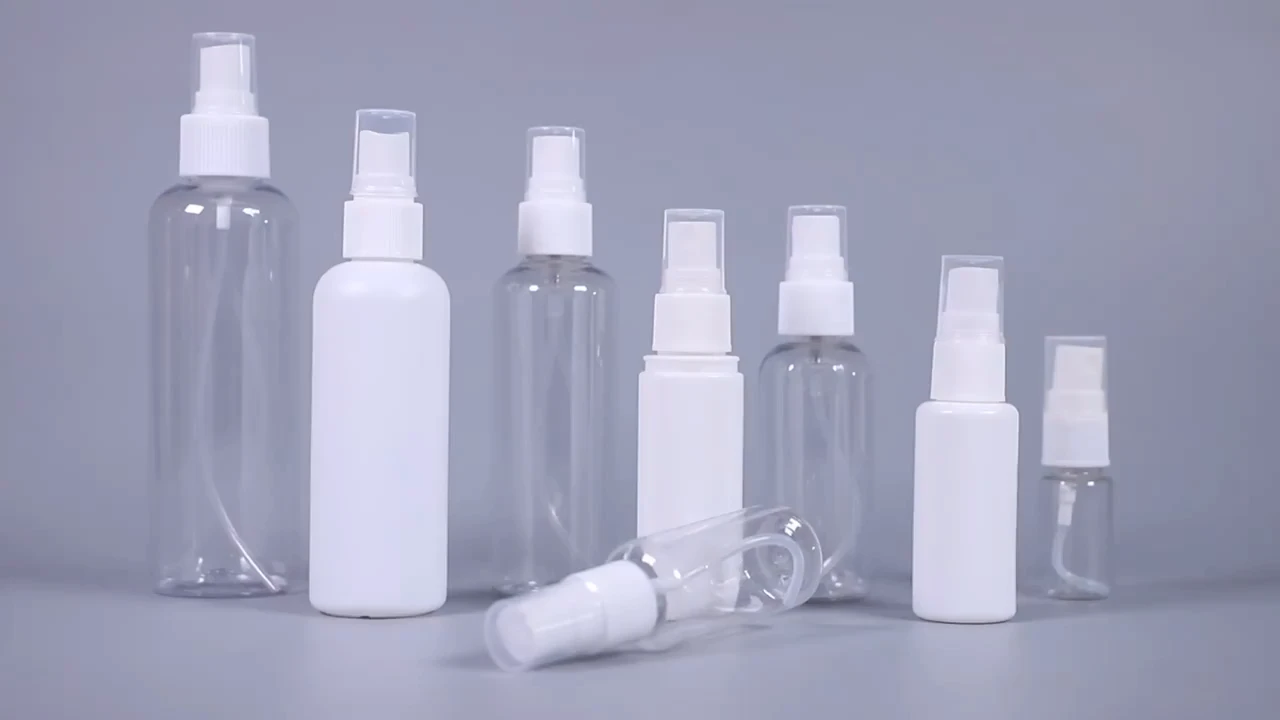liquid medication bottle
The Role of Liquid Medication Bottles in Healthcare
In the realm of healthcare, the dispensing and administration of medications is a critical factor that can influence treatment outcomes. Among various forms of medication, liquid formulations are particularly prevalent due to their ease of use, better absorption rates, and palatable nature. At the heart of this delivery system is the liquid medication bottle—an unassuming yet vital component in pharmacology.
Liquid medication bottles are designed to store and dispense liquid drugs safely and effectively. These bottles come in various sizes, shapes, and materials, each tailored to meet specific medicinal needs. Glass and polyethylene are two common materials, chosen for their chemical resistance and ability to provide a barrier against contamination. Glass bottles are often employed for their inertness and ability to maintain the drug's integrity, while plastic bottles offer lighter weight and shatter resistance, making them more user-friendly.
One of the key advantages of liquid medications is their versatility. They can be compounded in various concentrations and flavors, making them suitable for a broad range of patients, including children and those with swallowing difficulties. The liquid form allows for easier dose adjustments, which is particularly beneficial in pediatric care where dosages often need to be customized based on a child's weight.
The design of liquid medication bottles is also essential for ensuring safe and accurate dispensing. Many bottles feature child-resistant caps to prevent accidental ingestion by children. Additionally, bottles are often emblazoned with clear labeling that includes dosage instructions, expiration dates, and storage requirements. This typography plays a crucial role in patient safety, particularly in households with multiple medications.
liquid medication bottle

In recent years, advances in technology have led to the development of more sophisticated liquid medication bottles. Some high-tech models include built-in measuring devices, like syringes or droppers, to facilitate dose precision. Others are designed to enhance user experience with ergonomic handles or squeeze mechanisms that allow users to dispense medication easily. These innovations not only create a more user-friendly experience but also help reduce the risk of dosing errors.
While the benefits of liquid medication bottles are numerous, challenges remain. One significant concern is the potential for contamination. Healthcare providers and pharmacists must emphasize the importance of proper handling and storage. It is critical to advise patients to keep their medications in a cool, dry place and to replace caps tightly after use to minimize exposure to pathogens.
Another issue is wastage due to spills or overdosing. Liquid medications can sometimes be more challenging to measure accurately, especially if patients are using kitchen tools or household spoons. This underlines the importance of using the tools provided with the medication, such as oral syringes or calibrated droppers, to ensure accurate dosing.
In summary, liquid medication bottles play a fundamental role in the healthcare sector. They bridge the gap between pharmaceutical science and patient care, ensuring that medications are stored, dispensed, and consumed safely. The evolution of these bottles—from simple glass vials to advanced dispensing mechanisms—reflects a commitment to enhancing patient safety and treatment efficacy. As we navigate through ongoing advancements in medical technology and pharmacy practice, it is crucial to continue focusing on the effectiveness and safety of liquid medication delivery systems. By doing so, we ensure that patients receive the best possible care in their treatment journeys, ultimately leading to improved health outcomes and quality of life.
-
Aesthetic Makeup Spray Bottles | Fine Mist Empty RefillableNewsAug.19,2025
-
White Plastic Veterinary Vaccine Vials | Lab Liquid BottlesNewsAug.18,2025
-
Plastic Medicine Liquid Bottle: Secure Flip Top Drug VialsNewsAug.17,2025
-
Durable 250ml Blue Plastic Vaccine Vial for Lab & Vet UseNewsAug.16,2025
-
Sterile Virus Sample Tubes: Secure & Reliable Specimen CollectionNewsAug.15,2025
-
White 250ml Plastic Vaccine Vial for Lab & Vet MedicineNewsAug.14,2025
























